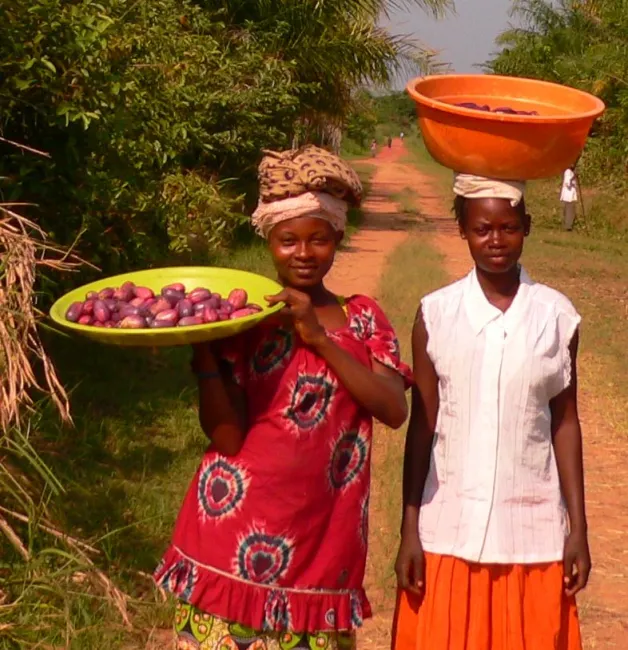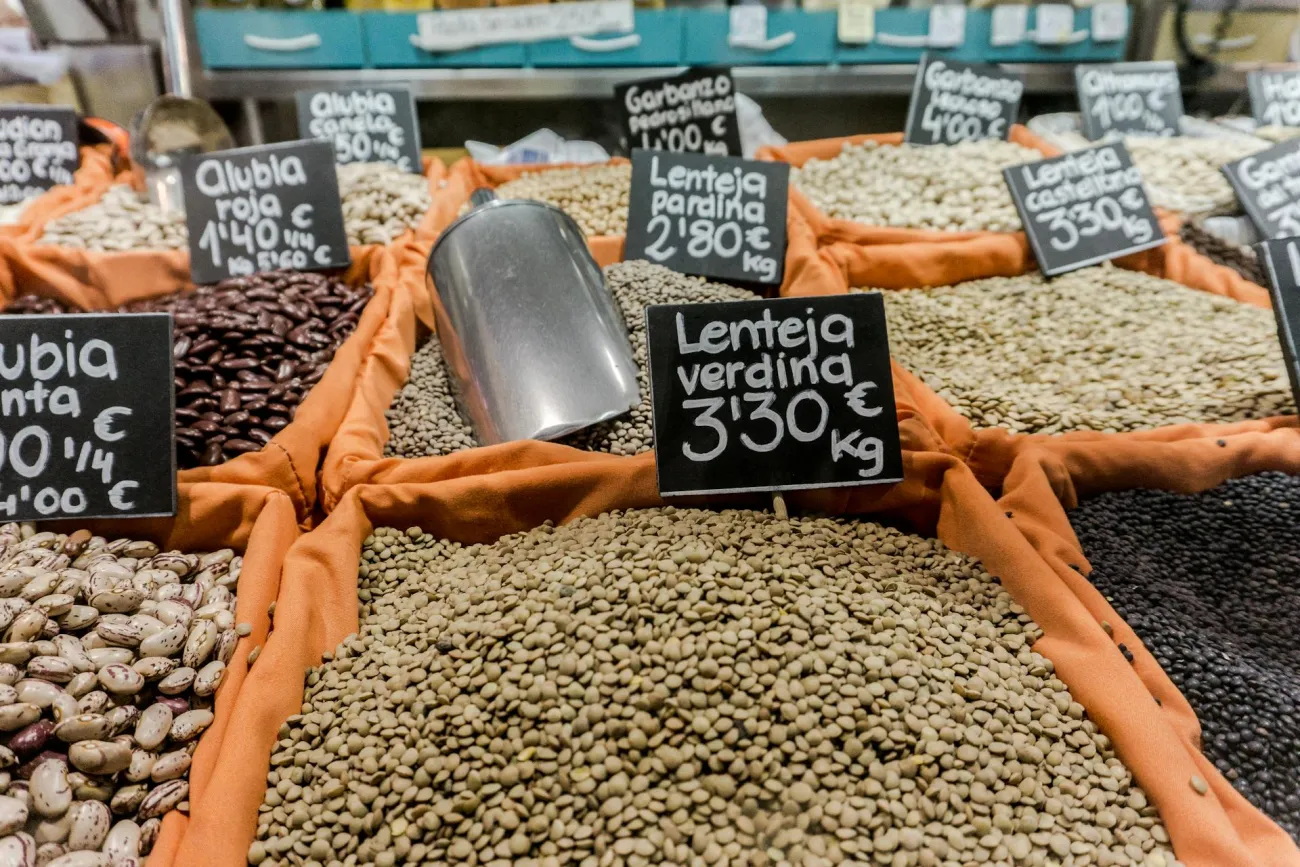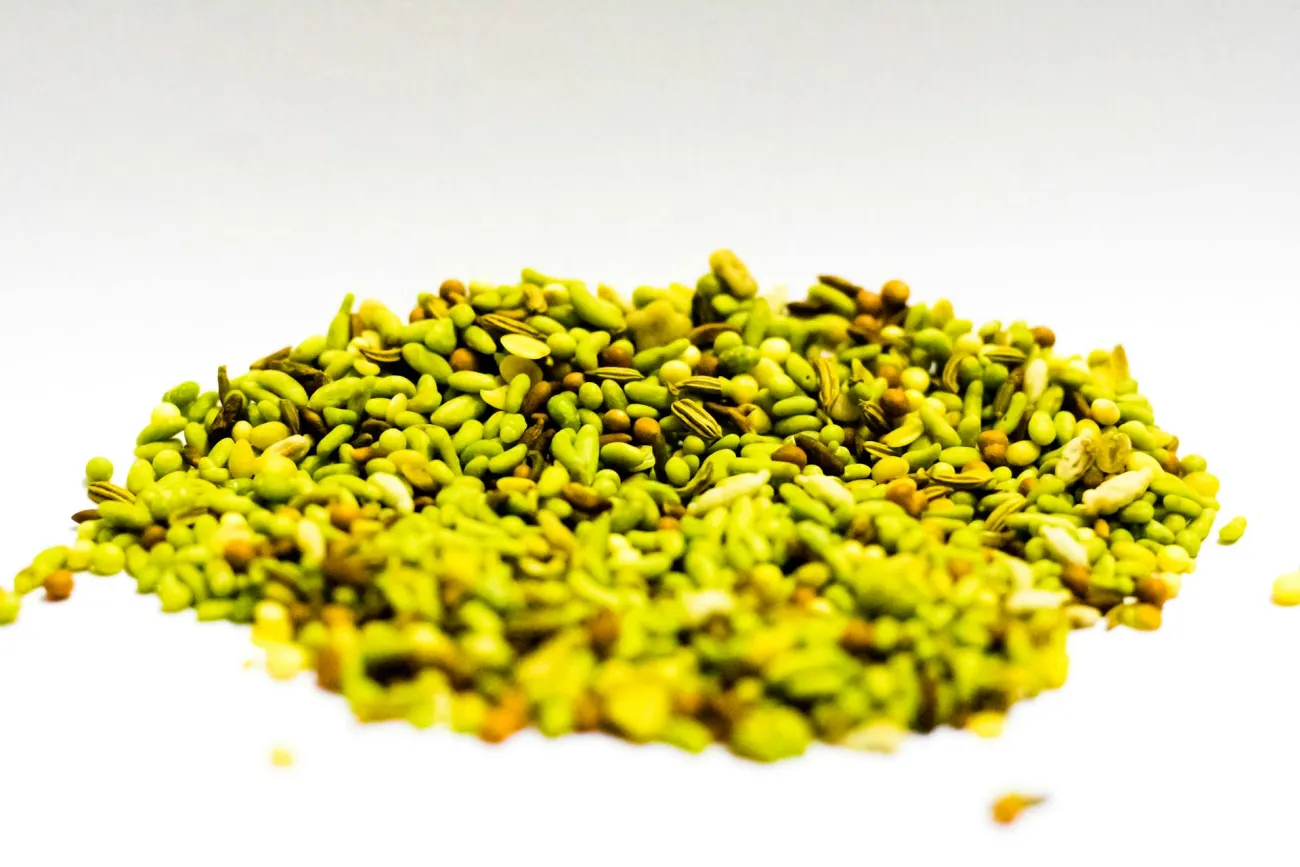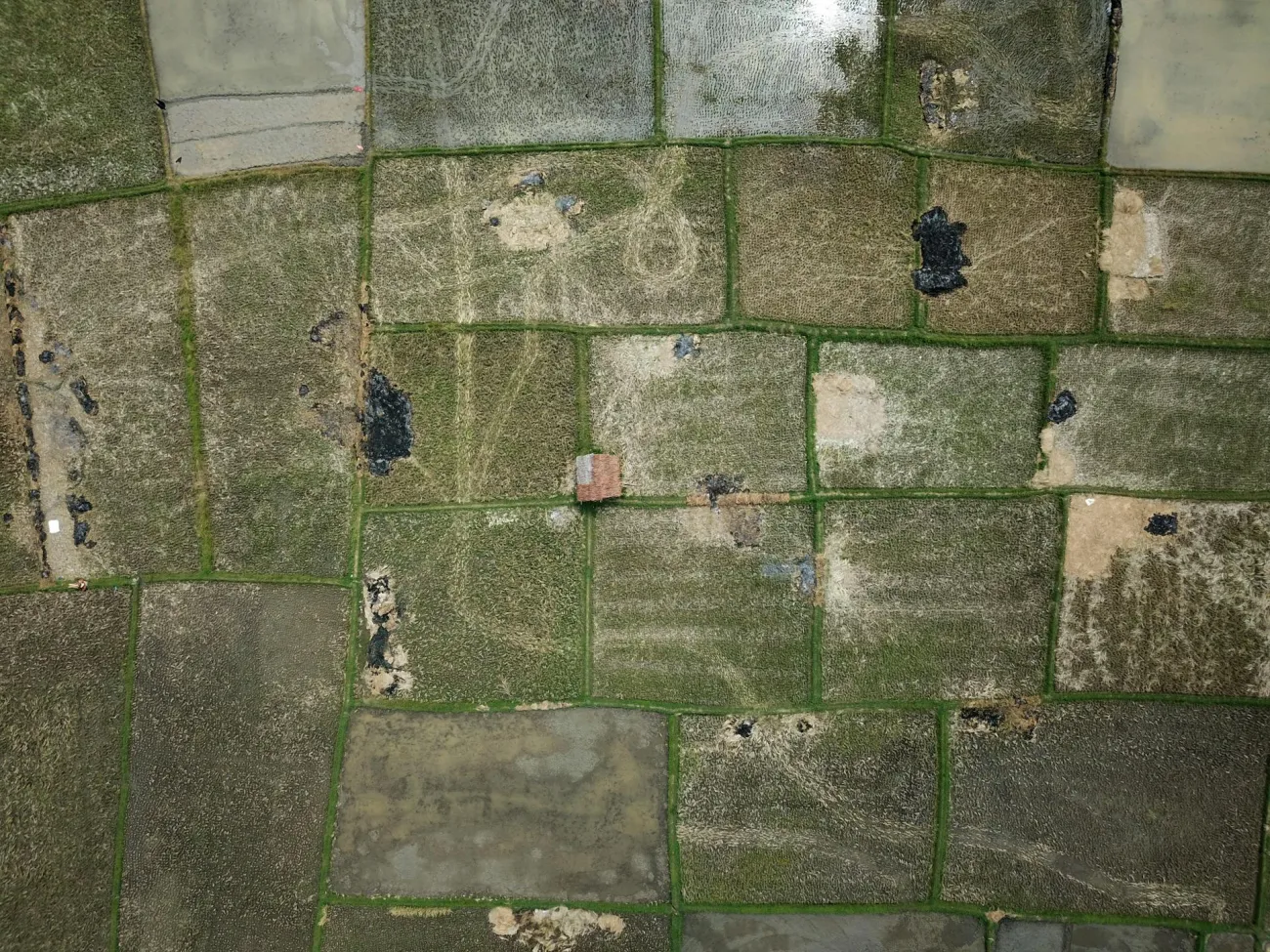A recent paper by FCRN member Roger Leakey of the International Tree Foundation explores the possibility of smallholder farms in Africa using trees and indigenous crops to provide many environmental, social and economic benefits.

The paper identifies a vicious cycle of land degradation and poverty, then proposes a three-step regeneration process:
- Restoring soil fertility by planting nitrogen-fixing trees and shrubs
- Planting indigenous species (and improved varieties of these) to generate income by providing food and non-food products that are popular among local communities
- Marketing and commercialising these cash crops
Roger Leakey says, “Conventional agricultural wisdom accepts that there will inevitably be environmental, social and economic downsides, or ‘trade-offs’, to agricultural intensification, especially in the tropics and sub-tropics where deforestation, land degradation and perpetual poverty leave small scale farmers trapped in hunger, malnutrition and poverty. However, in [this paper] it is clear that policy makers and donors could in fact focus on a different tree-based approach to agricultural intensification which delivers numerous environmental, social and economic benefits; in addition to greatly enhanced staple food crop yields for food security. Policies to deliberately scale-up and promote these ‘trade-ons’ through tree planting would transform the lives of hundreds of millions of the world's poorest and most vulnerable, improve the planet, and boost the global economy.”
Abstract
To address the issues of food insecurity within the context of land degradation, extreme poverty and social deprivation, this review seeks first to understand the main constraints to food production on smallholder farms in Africa. It then proposes a highly-adaptable, yet generic, 3-step solution aimed at reversing the downward spiral which traps subsistence farmers in hunger and poverty. This has been found to be effective in greatly increasing the yields of staple food crops and reducing the ‘yield gap’. This solution includes the restoration of soil fertility and ecological functions, as well as the cultivation, domestication and commercialization of traditionally-important, highly nutritious, indigenous food products for income generation and business development. A participatory approach involving capacity building at the community-level, leads to the development of ‘socially modified crops’ which deliver multiple environmental, social and economic benefits, suggesting that increased agricultural production does not have to be detrimental to biodiversity, to agroecological function, and/or to climate change. These are outcomes unattainable by attempting to raise crop yields using conventional crop breeding or genetic modification. Likewise, the livelihoods of smallholder farmers can be released from the constraints creating spatial trade-offs between subsistence agriculture and (i) international policies and (ii) globalized trade.
Reference
Leakey, R.R., 2018. Converting ‘trade-offs’ to ‘trade-ons’ for greatly enhanced food security in Africa: multiple environmental, economic and social benefits from ‘socially modified crops’. Food Security, pp.1-20.
Read the full paper here. You can contact the author, Roger Leakey, at rogerleakey@btinternet.com. See also the Foodsource building block What is food security?




Comments (0)